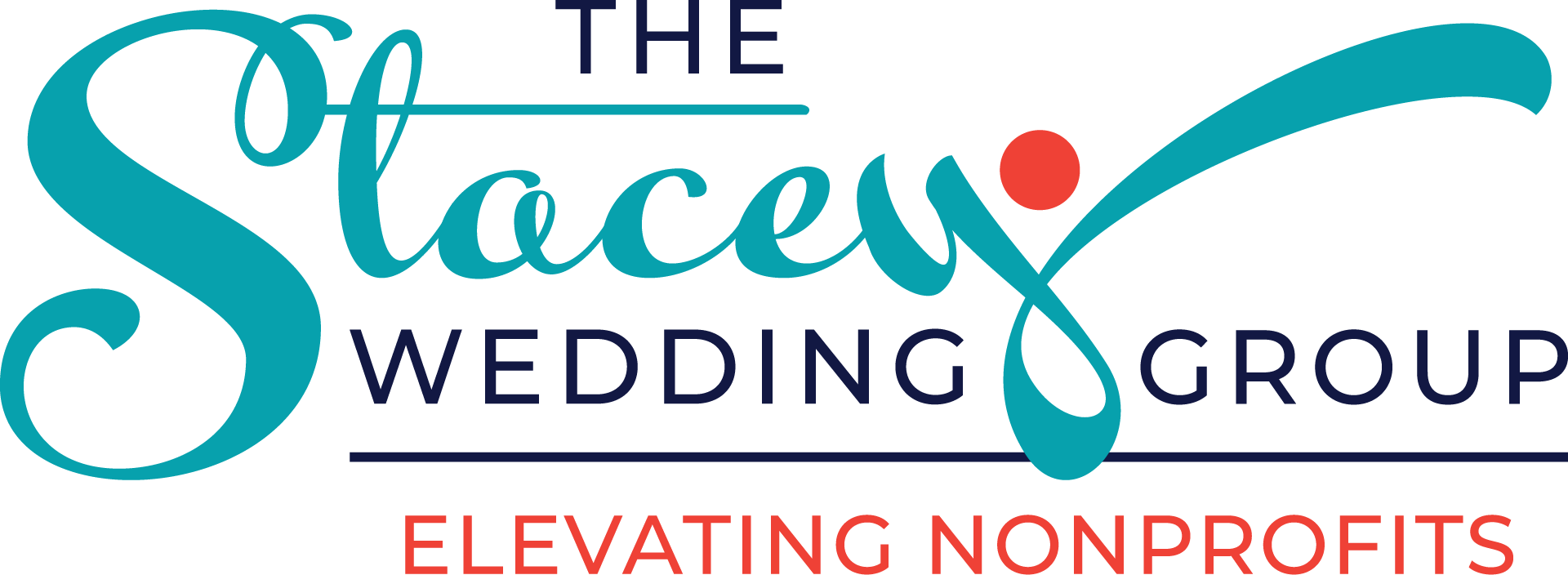Following is an article written by our very own Founder and Chief Strategist Stacey Wedding as it was featured in the Annual Fundraising Professionals 2015 Summer Newsletter. Stacey looks forward to keynoting for the Fundraising Day Conference hosted by the Greater Madison and Milwaukee AFP chapters later this August!
Resources—people, money, and knowledge—are essential ingredients of increasing and improving philanthropy. Our organizations, communities and states have all of these resources, yet, still, some states fare better than others in building a culture of philanthropy. Why is that, what can we learn from those states, and how do we begin moving the dial where we live?
Nonprofits range from the one-person start-up putting together its first board of directors, to international charities with strong corporate cultures and multi-million dollar budgets. Colleges and universities, hospitals and health systems, a neighborhood watch, and religious organizations are a few examples of the enormous diversity in the sector.
That same diversity extends into the issues we’re tackling. The issues addressed by those involved in charitable sector work are often large, complex, and seemingly insurmountable. Education, health care, protecting the environment, advancing prevention and treatment of a variety of diseases, poverty and hunger, human rights, and animal welfare are just a small sample.
Even with the complexity of the issues and the nuances of the nonprofit sector as a whole, there is one common denominator: people. The philanthropic sector depends upon the characteristics of the people involved. The visionary leaders, the courageous activists, the knowledgeable end users. They all play a role in developing and shaping the micro-culture within their respective organizations and the larger culture in their communities and their state.
Assuming that people are at the core of shaping philanthropic culture provides great comfort and endless opportunity. What can you do in your organization, within your social movement, in your family, and with your own circle of friends? What can you do to move the needle on philanthropy and be the catalyst for larger change? How can you transform attitudes of complacency and defeat to activism and optimism?
I look forward to exploring these questions and more during the upcoming luncheon keynote at this year’s AFP’s Fundraising Day Wisconsin on August 13th. Until then, onward and upward, and thanks for all you do to add to this conversation each day!

